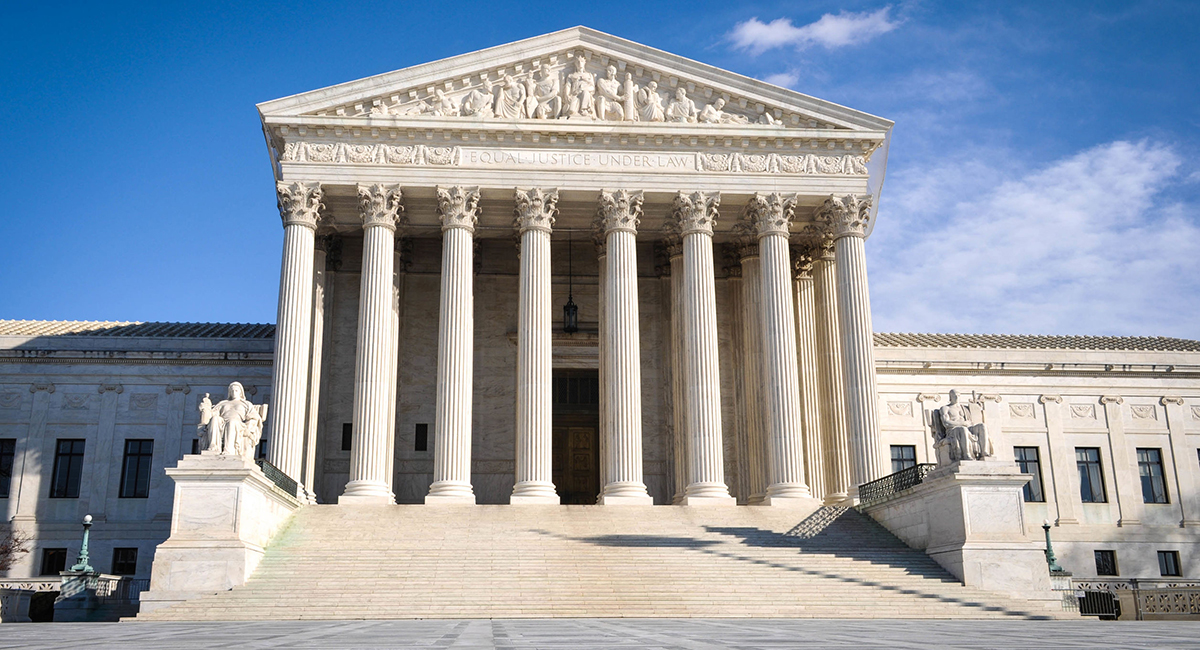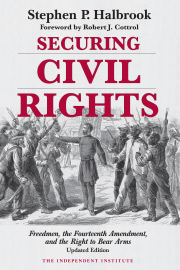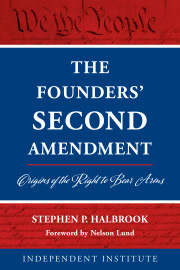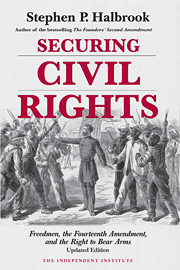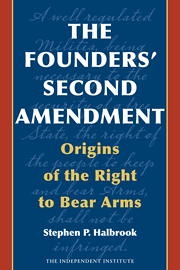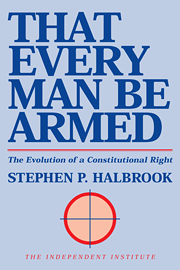Federal law prohibits nine categories of persons from receipt and possession of a firearm. As the Supreme Court continues to develop its Second Amendment jurisprudence, which ones of those types are most significant in regard to representativeness and numerosity?
Felons in possession of firearms have been the leading type of prosecution under the federal Gun Control Act since its enactment in 1968. There were 7,454 such convictions in 2021.
The ban on felon possession is found in 18 U.S.C. § 922(g), which also includes eight other categories of prohibited persons—all of which pale into insignificance compared to the felon ban. One of the more minor categories is a person subject to a domestic restraining order. While the feds aren’t too good at posting current data, in the years 2013 to 2017, there were 26,717 such convictions based on felon status, and only 121 for restraining order status. The proportions can’t be much different today.
Given that disparity, why is Attorney General Merrick Garland so keen in having the Supreme Court decide whether the restraining order folks, instead of the felons, are protected by the Second Amendment? The felon issue is ubiquitous, and not just because of the sheer numbers. It involves not only the violent felony vs. non-violent felony issue, but also whether any limits exist in this day-and-age in which almost anything can be a felony. Why has Martha Stewart forfeited her right to have a gun for self-defense?
So why would the government try to convince the Supreme Court to take up the atypical issue regarding persons with a restraining order? Here’s my take.
The Biden Administration is salivating at the prospect of United States v. Rahimi, about which I’ve written previously, being the next Second Amendment case to be decided by the Supreme Court. That’s because the defendant in the case appears to be such an odious character. Arrested by police following multiple shooting sprees, Rahimi was prohibited from gun possession because he was subject to a prior agreed-upon civil protective order. The Fifth Circuit found the ban to be facially unconstitutional because no historical analogue allowed disarming a person based on a civil protective order rather than a criminal proceeding.
The government didn’t bother to file a petition for rehearing en banc, and rushed straight to the Supreme Court with a cert petition. There is a reason for the adage that bad facts make bad law, and the Administration is angling to take full advantage of that.
So do the amici that have filed briefs urging the Court to grant cert. One of them is California Governor Gavin Newsom, who argues that the Court’s “intervention is needed immediately,” given that the Fifth’s Circuit’s decision “is just one example of lower courts misreading Bruen.”
It then lists some of the other decisions that take the Second Amendment seriously, an obviously unacceptable outcome to those who wish to re-designate the right to bear arms to a second-class status.
As the cert petition states, “the government is filing this petition for a writ of certiorari on a highly expedited schedule . . . in order to allow the Court to consider the petition before it recesses for the summer.” Nothing like rushing to the front of the line and insisting to the Court, “Pick me!”
And the government recently opposed the full length of an extension requested by Rahimi’s counsel to respond to the petition. In its response the government indicated that it would only agree to cutting in half counsel’s normal reply time “given the substantial disruption caused by the court of appeals’ decision,” in order “to allow the petition to be distributed on June 6 for consideration at the June 22 conference.” The extension was granted only in part, to May 30.
To be clear, whether the Court considers the petition now or in the fall, it will not hear the case until next term. An apparent aim of the Administration is to ensure that Rahimi is the next Second Amendment case the Court hears. If there are other meritorious prohibited-person petitions that are filed after cert is granted in Rahimi, under typical Court practice those petitions likely would be held pending resolution of Rahimi. After that, the Court would grant cert, vacate, and remand (GVR) the pending cases for reconsideration in light of whatever it would decide in Rahimi.
A better approach would be for the Court not to act too quickly and to wait until it returns from its summer recess to decide whether to take Rahimi or another case for plenary review. The Court likely will at that time have a fuller menu of options from which to choose. For example, the Third Circuit is poised to decide the Range v. Garland case en banc. Range presents an as-applied civil challenge to the federal felon prohibition on behalf of an individual who was convicted for excluding lawn-mowing income from his food stamp application nearly thirty years ago. The three-judge panel upheld his conviction based on improper historical analogues such as the disarming of slaves.
In addition, the Second Circuit recently held argument in Zherka v. Garland, a challenge similar to Range’s on behalf of an individual convicted of conspiring to commit bank and tax fraud. The district court upheld his legal disability under the “two-step” framework that Justice Thomas characterized in Bruen as “one step too many.” These cases present more typical challengers than the one in Rahimi, and the facts of the cases are less likely to have a skewing effect on the law.
Rather than precipitously granting the Rahimi petition and then holding cases like Range and Zherka if they come before the Court, the Court should consider the full array of petitions that are filed when it comes back from recess and grant the one, or ones, most representative of the challenges that typically are brought in this area. The Court could then hold Rahimi pending the outcome of that case—or at a minimum grant another petition alongside Rahimi.

